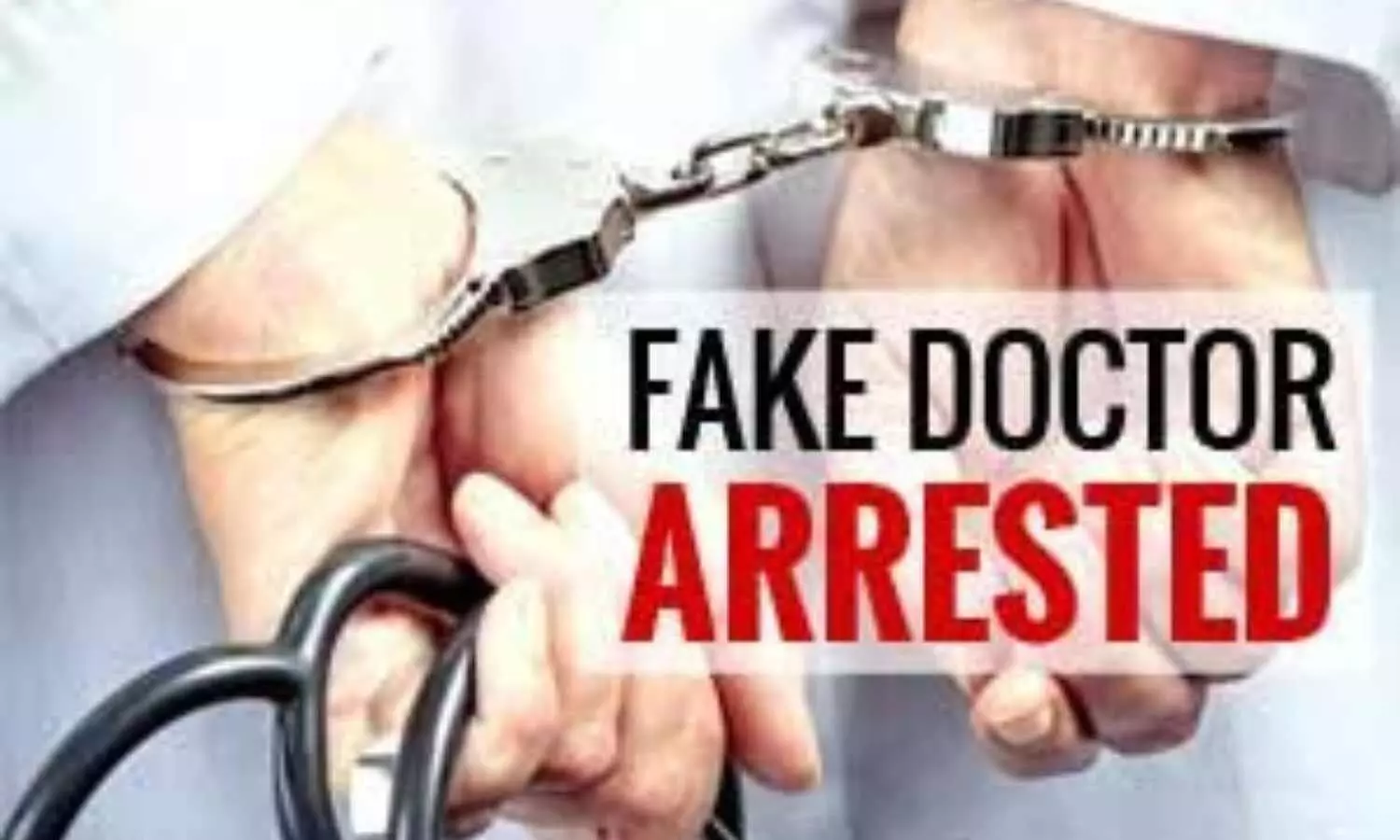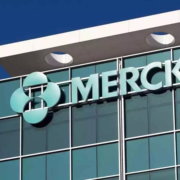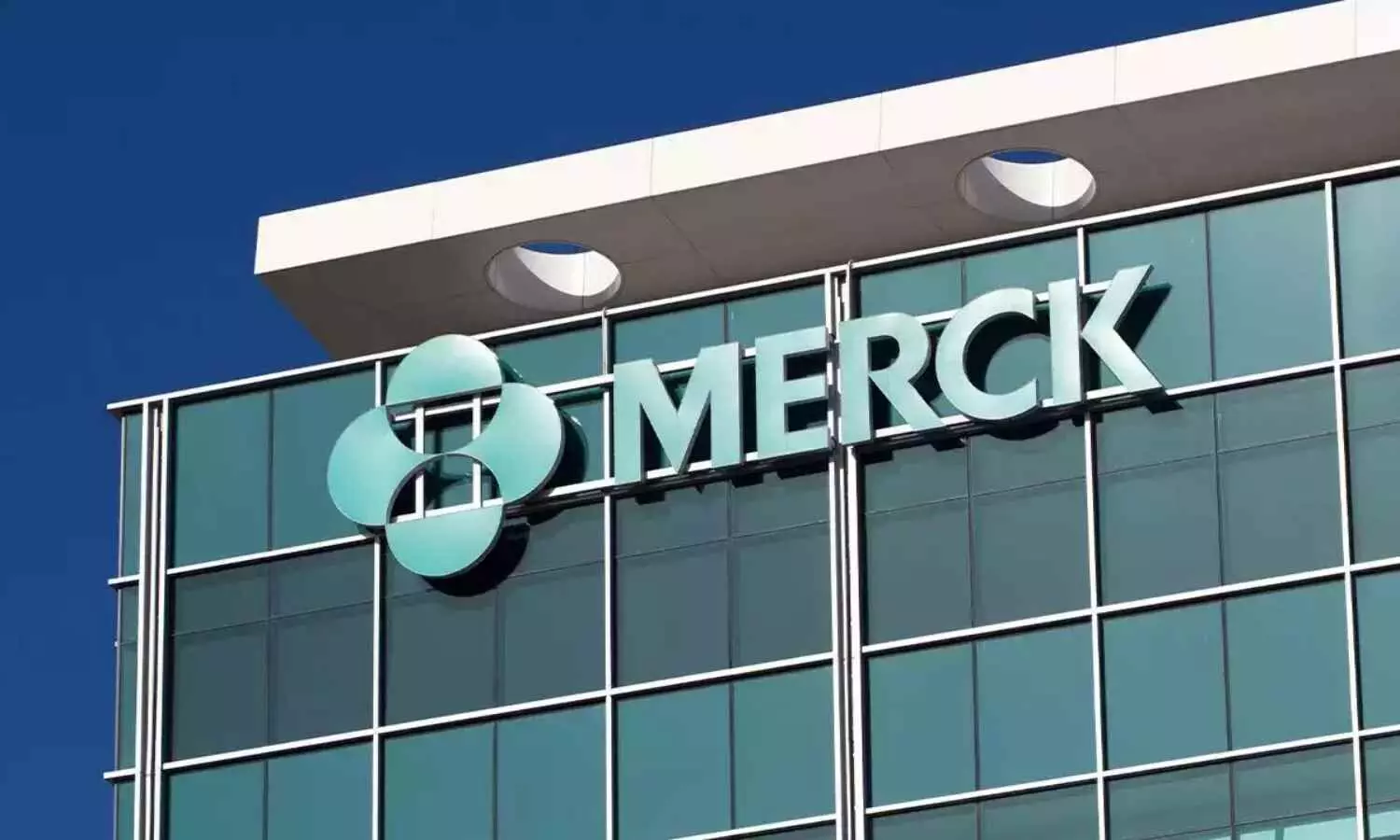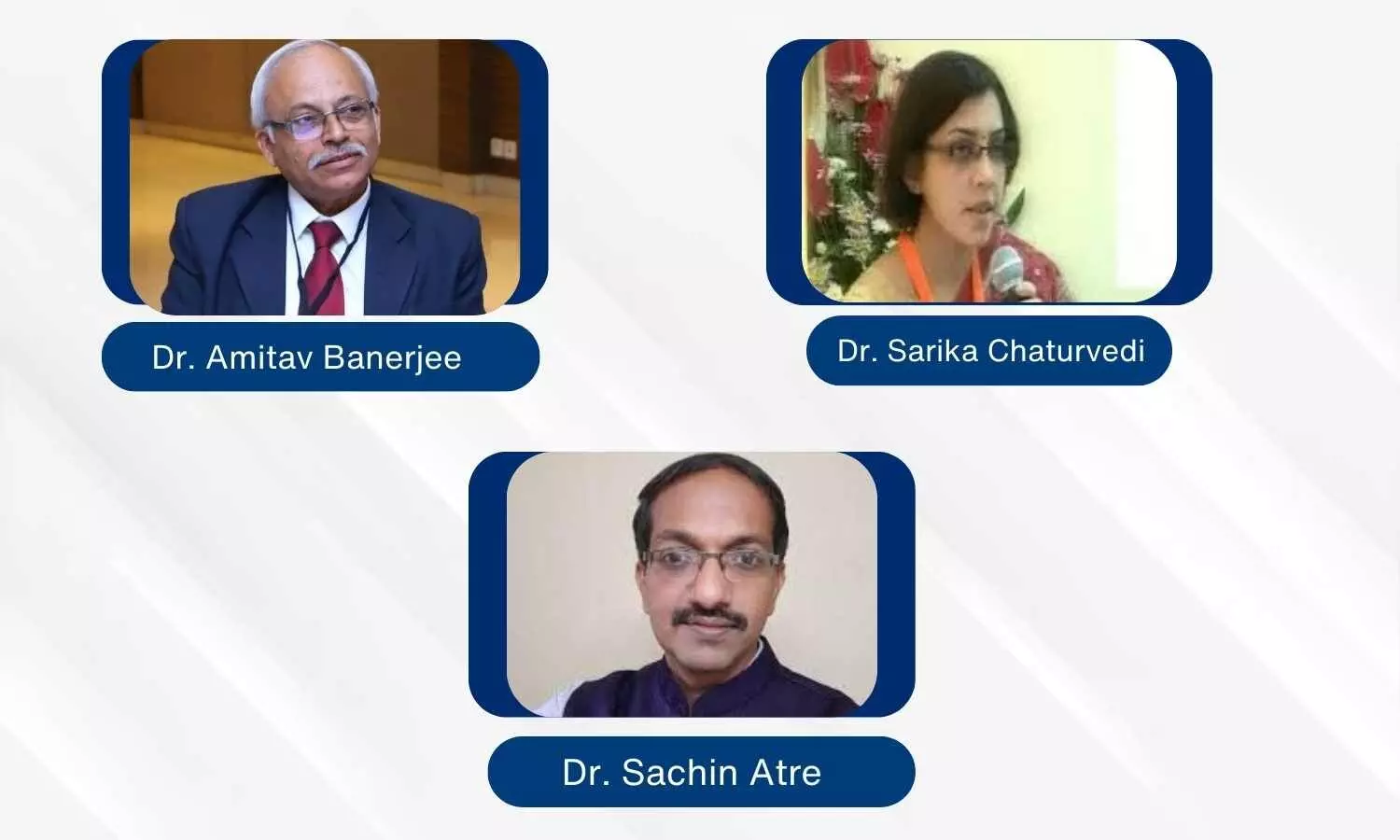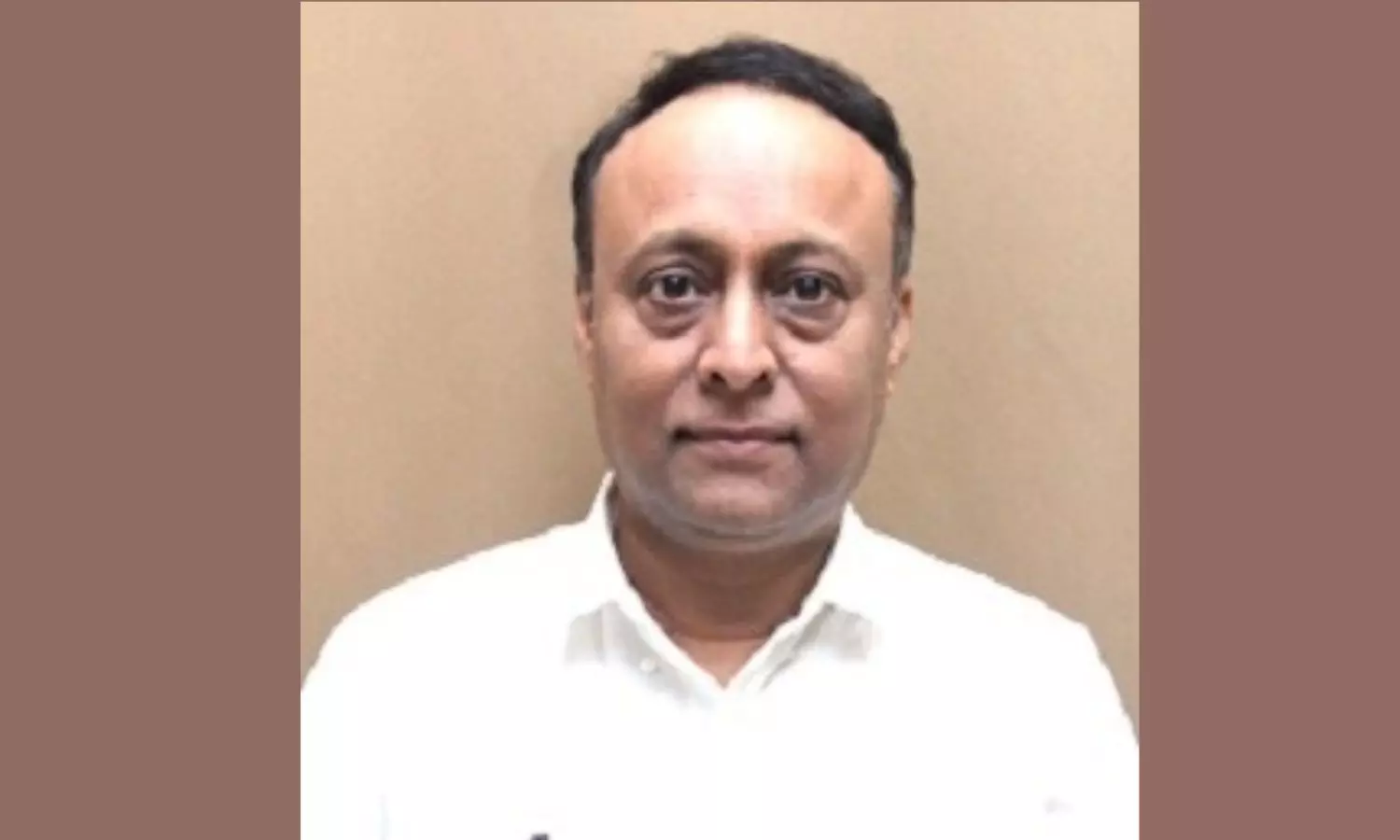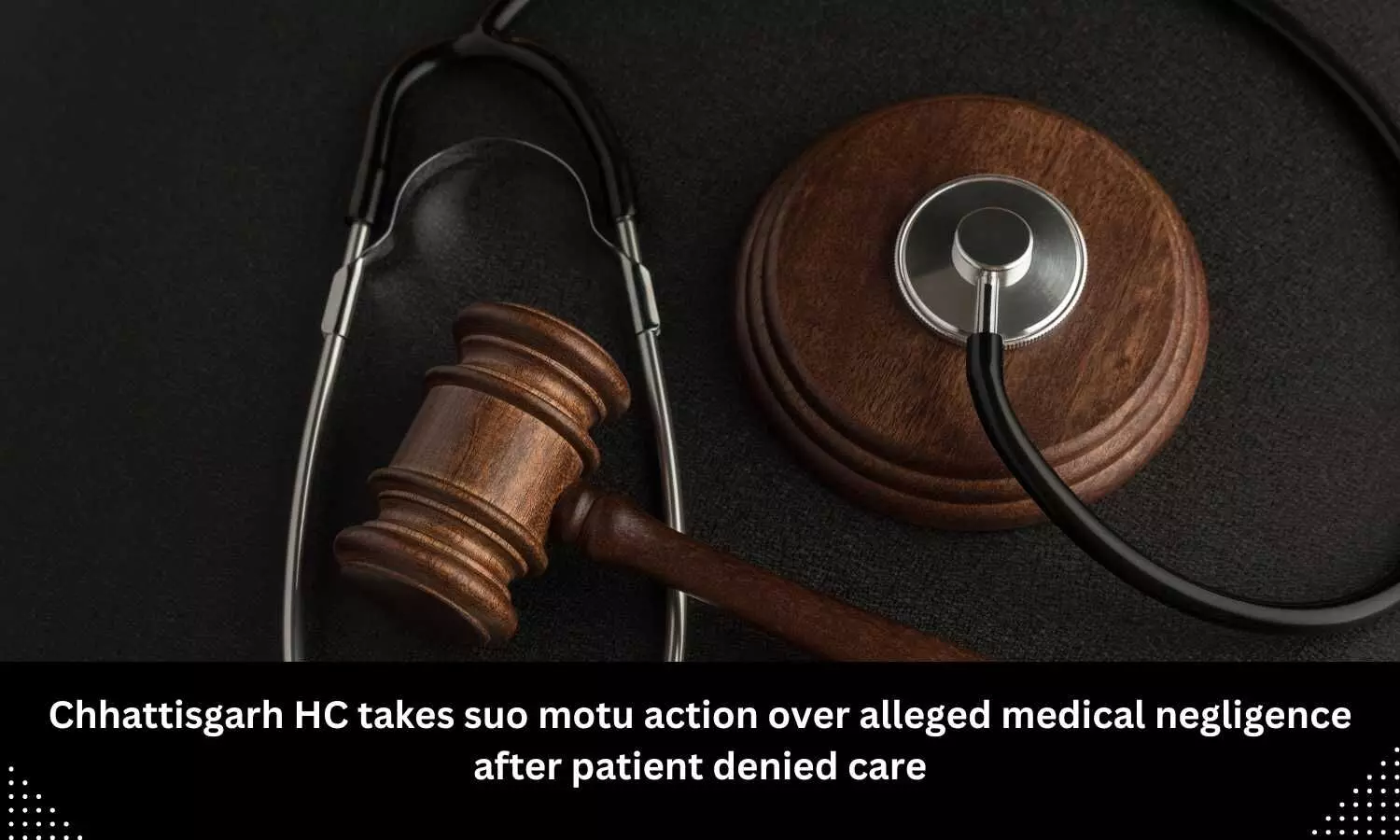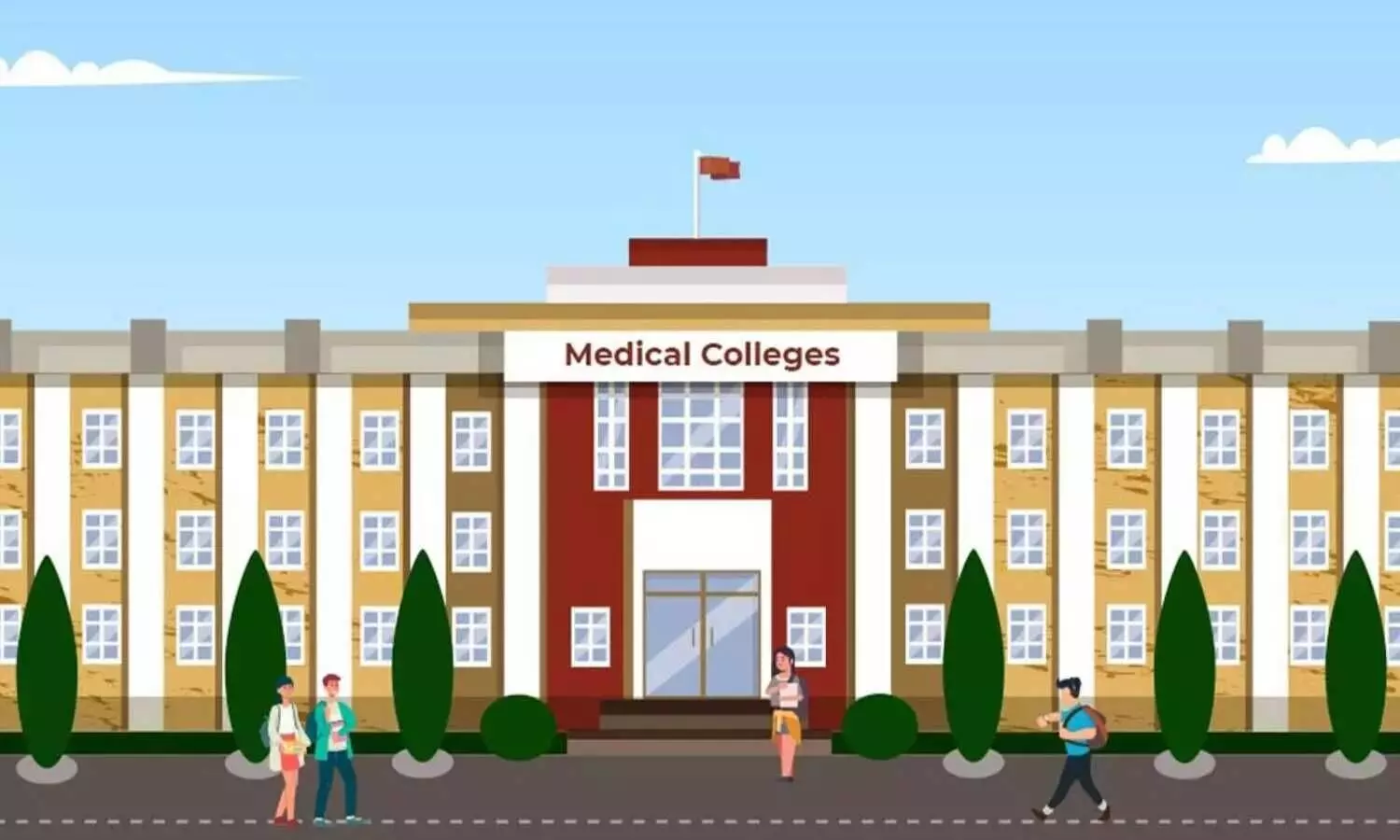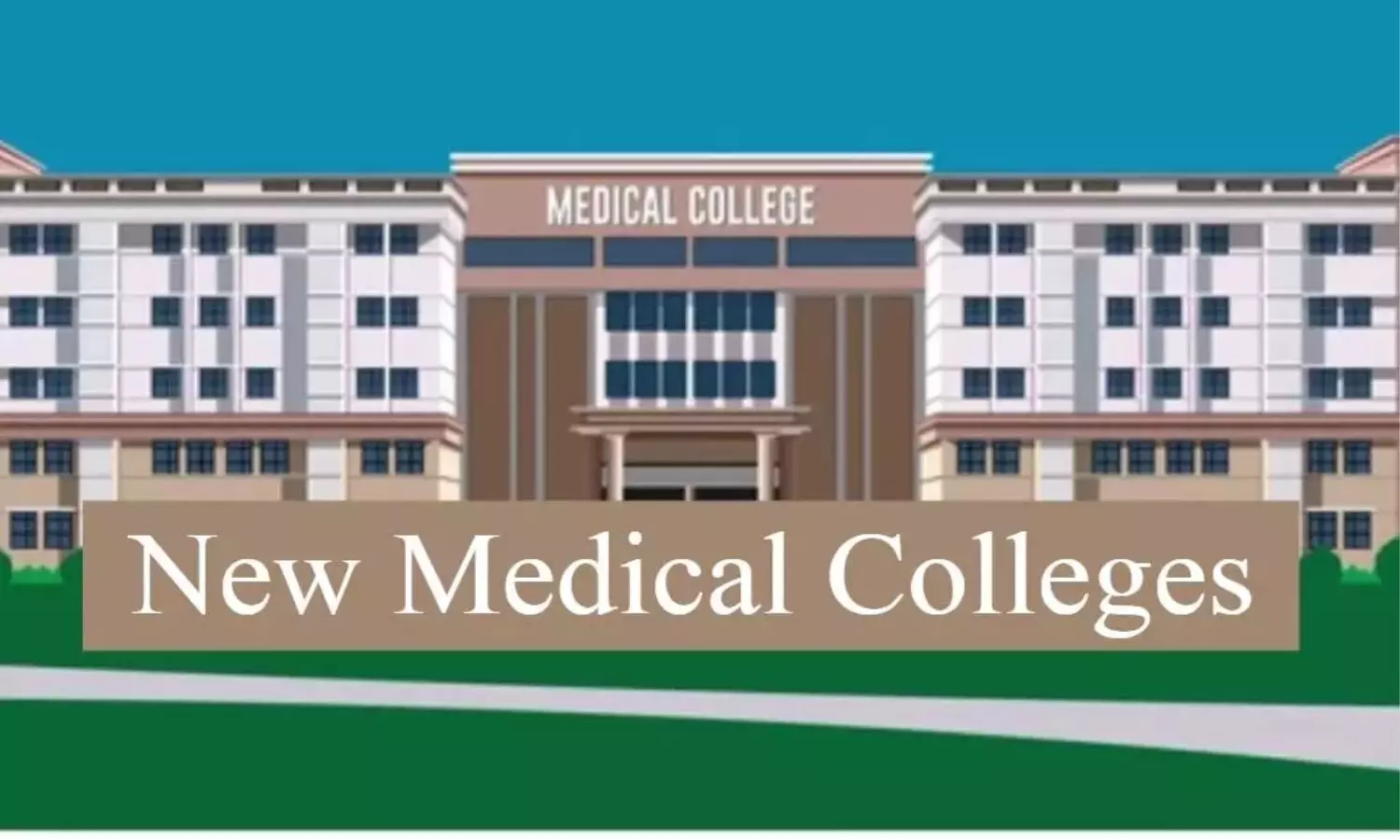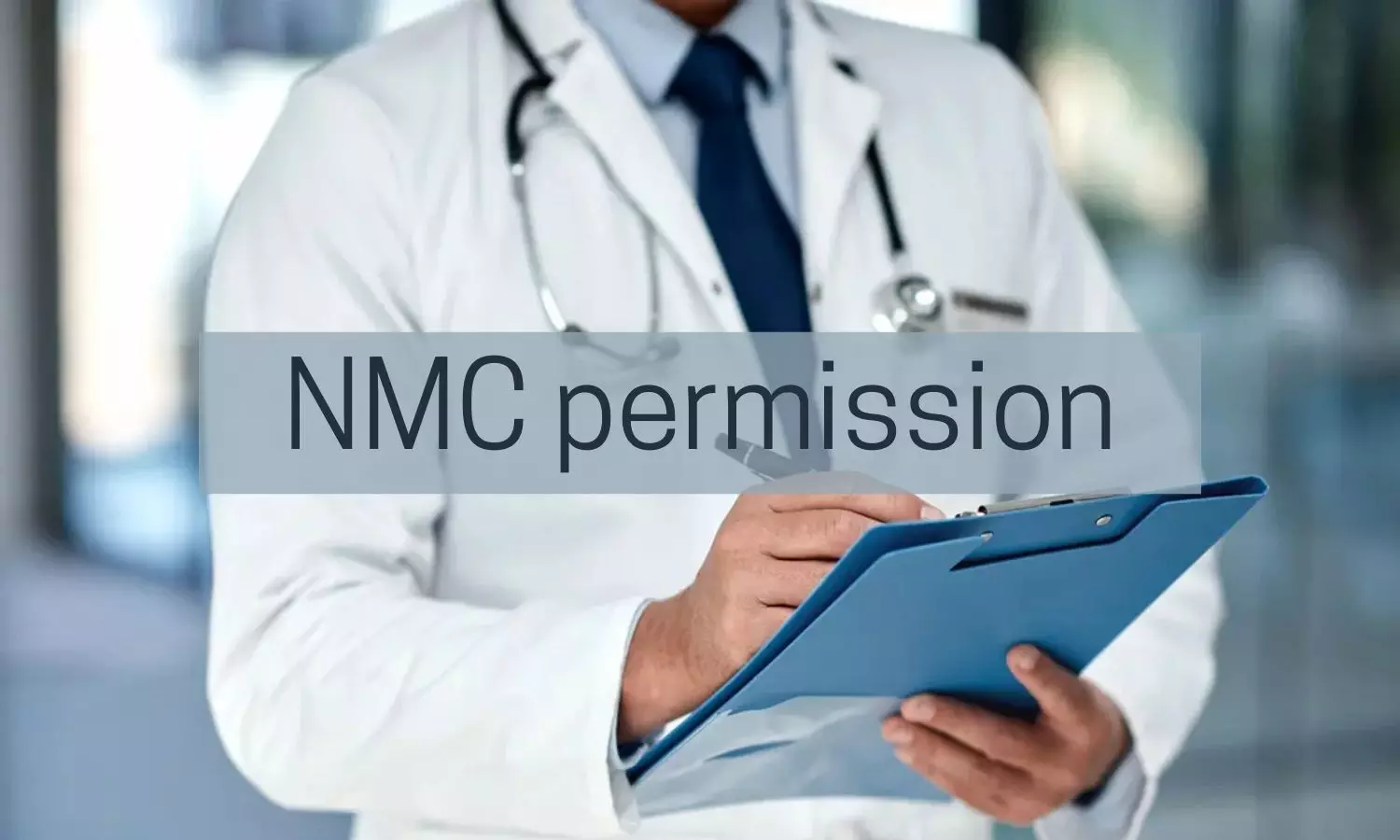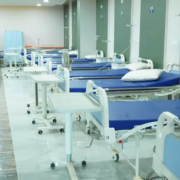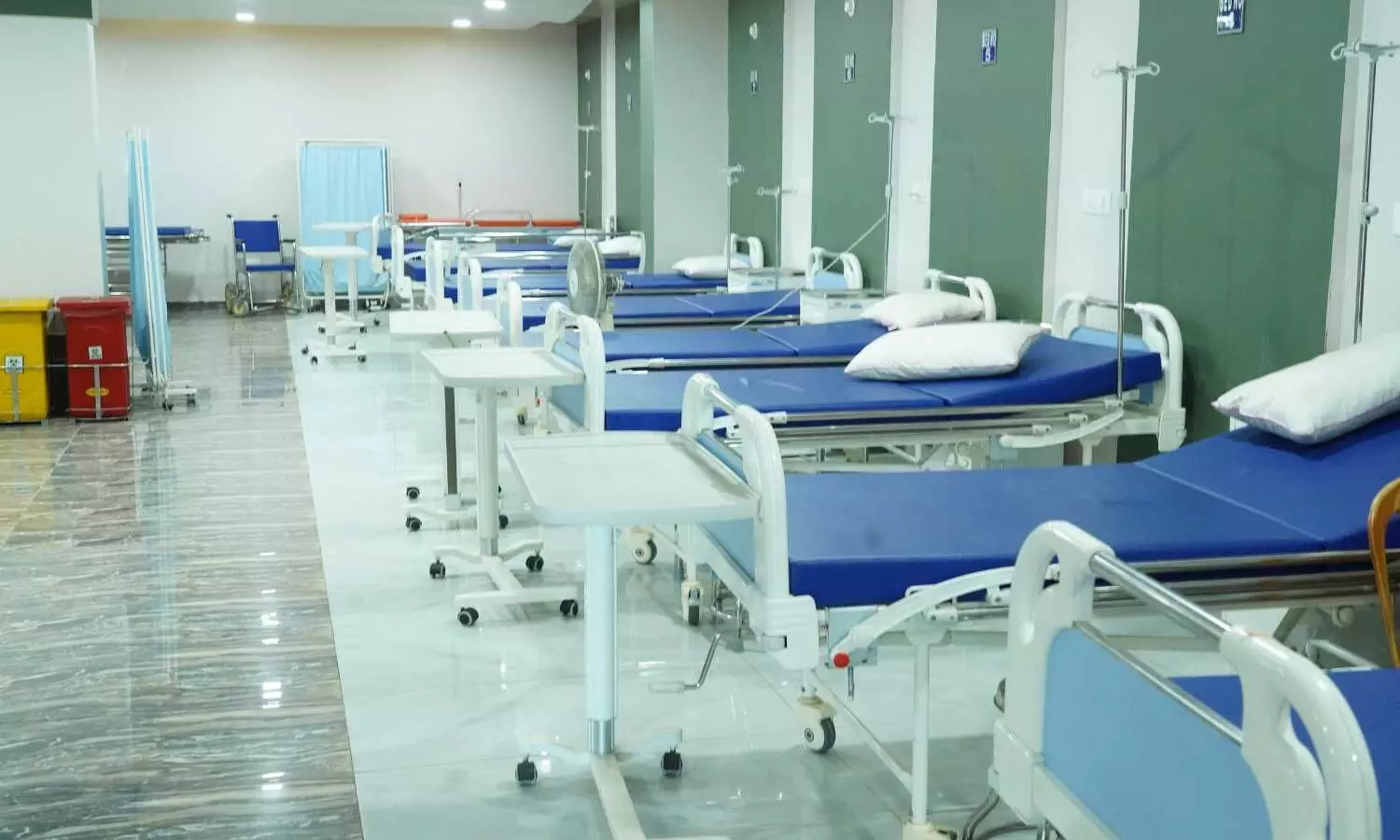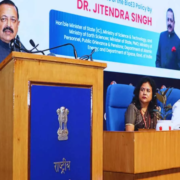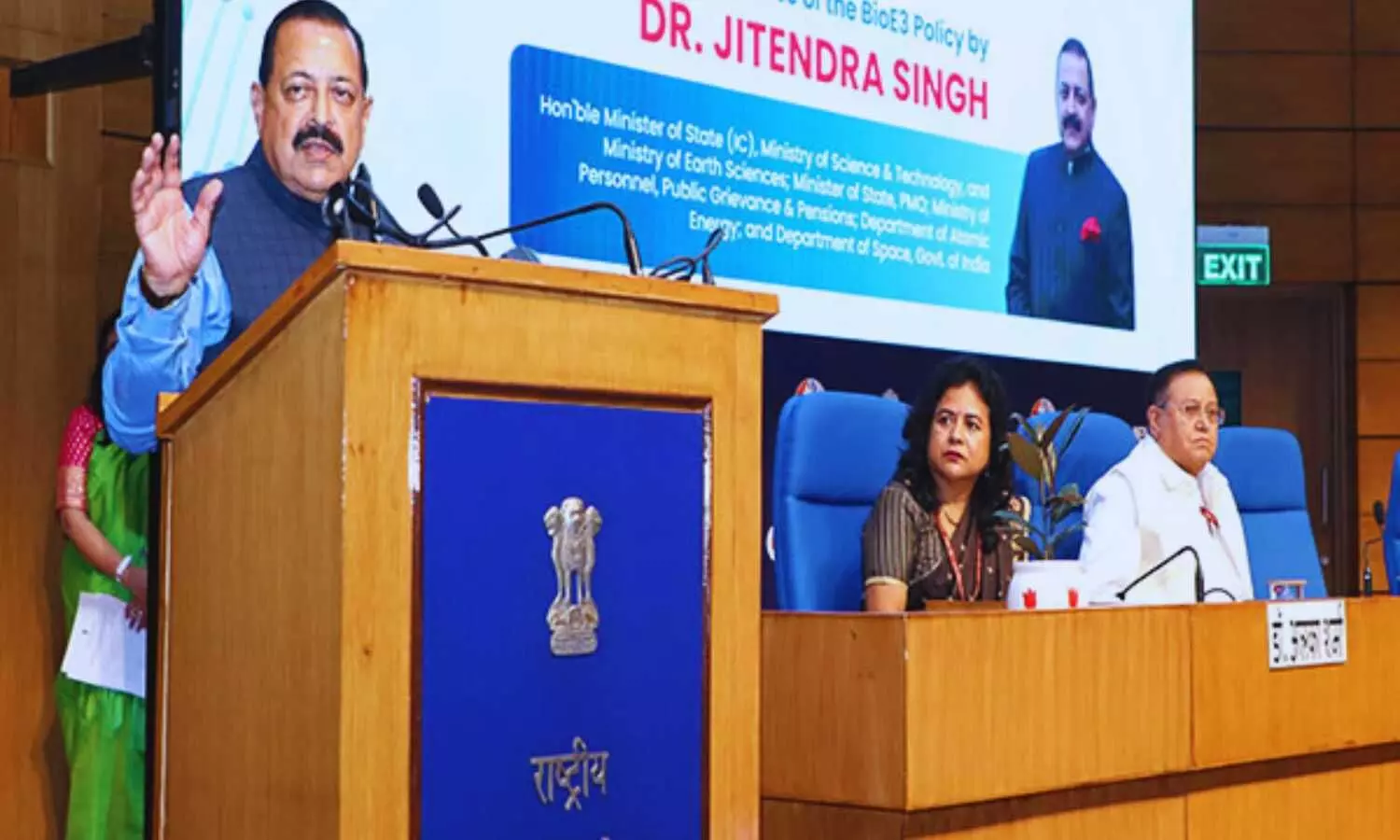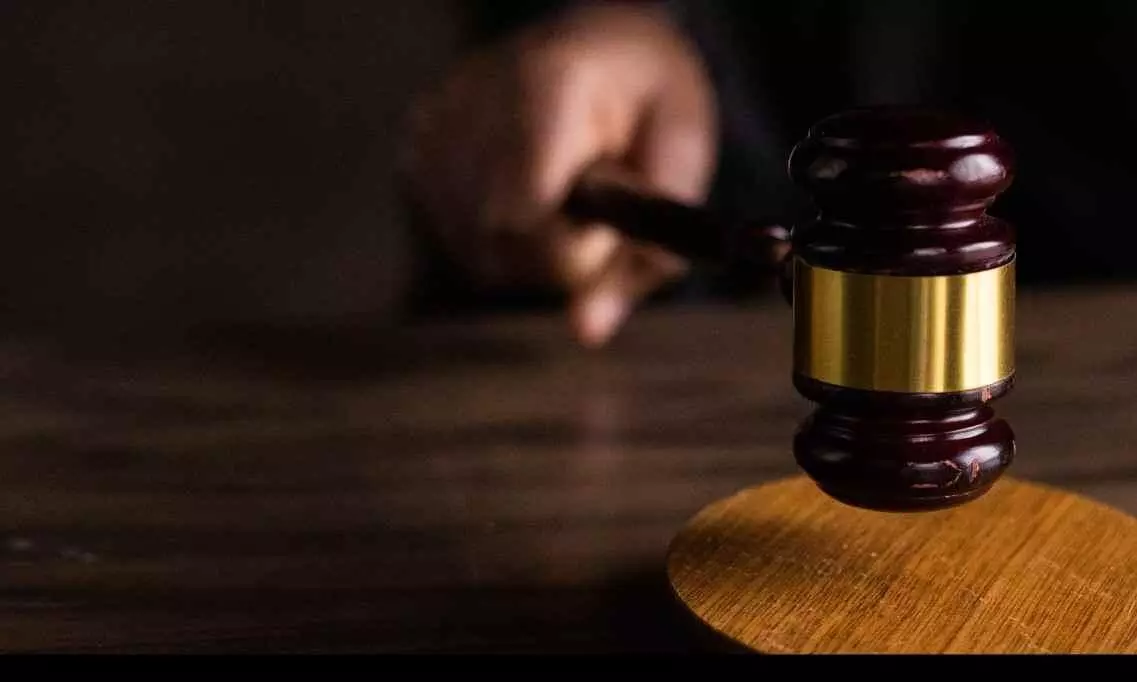
New Delhi: The National Consumer Disputes Redressal Commission (NCDRC) recently directed Noida-based Kailash Hospital and Heart Institute to pay Rs 25 lakh compensation to a man, whose mother attained a vegetative state after undergoing treatment at the hospital.
Although the Commission exonerated the doctors holding that there was no medical negligence on their part, it noted that the discharge summary issued by the Hospital recorded that Extrapontine Myelinosys (EPM) in the patient as the cause of death, but could not explain the reason for the same.
“Having arrived at the conclusion that the mystery of recording EPM in the discharge summary issued by the Hospital could not be explained by the Hospital or by the learned counsel appearing for the opposite parties, the same reflects upon the manner in which the discharge summary was deficiently issued,” observed the Commission.
The history of the case goes back to 2012 when the complainant’s mother was suffering from gastrological problems and was taken to the treating hospital. In the complaint, the patient’s son alleged negligence in the treatment rendered by the hospital and doctors in the administration of drugs- Lasix and Mannitor. He claimed that these drugs were administered unregulated and were incorrectly prescribed which resulted in electrolyte imbalance in the patient and consequently, the deceased patient suffered permanent brain damage arising out of a rare and deadly neuro problem, Extrapontine Myelinosys (EPM)/Centralpontine Myelinosys (CPM).
The complainant alleged that a wrong line of treatment was adopted. He further alleged that the treating doctors adopted an extremely erroneous rapid correction method for maintaining the level of sodium deficiency (hyponatremia).
It was alleged by the complainant, a wrong line of treatment was adopted which was a clear negligence. Further, he claimed that the administration of the wrong dosage of drugs resulted in a heavy drainage of fluids from the patient’s body causing a severe electrolyte imbalance. Thereafter, they allegedly attempted rapid correction measures which were carelessly deficient and were without the availability of a pathological report for at least 30 hours.
The counsel for the complainant contended that the detection of a low sodium level occurred after 30 hours of the admission of the patient by which time, her brain had permanently been damaged and shortly thereafter the situation became irreversible. This came to be reflected later on with the MRI that was conducted and the report whereof was analyzed and repeatedly indicated in the symptoms and diagnosis recorded by the doctors themselves. It was alleged that this permanent damage on account of wrong line of treatment and negligent approach was conclusively recorded by the hospital in the discharge summary as “CVA-Left Basal Ganglia Infarct with Metabolic Encephalopathy with Extrapontine Myelinolysis with HTN.” Extrapontine Myelinolysis (EPM), is caused on account of electrolyte imbalance.
While considering the complaint, both the Uttarakhand State Medical Council and the Delhi Medical Council had exonerated the doctors holding that there was no medical negligence. Even the erstwhile Medical Council of India had also observed that “the team of doctors involved in the treatment managed her clinical condition to the best of their medical knowledge and prudence and no negligence is apparent on the part of the treating doctors.”
The complainant’s counsel cited medical literature on Furosemide i.e. Lasix and Mannitol to urge that if a high dose of Lasix is administered, it reduces sodium content and increase excretion which results in electrolyte imbalance and dehydration. He further urged that the medical protocols were not followed and there was no constant monitoring.
While considering the complaint, the consumer court compared the literature which was cited by the Complainant and noted that “…it is evident that the administration of the drug is for the said purpose and it has to be administered with cautious monitoring. Thus, it is not a prohibited drug and rather is an advisable drug as per medical protocol to reduce Hyper Tension. The contention on behalf of the Complainant that Lasix was incorrectly advised therefore does not seem to be correct. There is no adverse comment regarding the drugs in the expert opinions referred.”
“Thus, so far as the Opposite Party No.3 (gastroenterologist) is concerned, it cannot be said that he had advised the administration of Lasix against medical protocol for reducing the Hyper Tension of the patient which was recorded at the time of her admission as 190/110,” it further noted.
Similarly, the Commission noted that the drug Mannitol was also correctly prescribed. In this regard, the Commission observed, “It appears from the literature as cited by the Complainant that Mannitol is a drug meant for reduction of intracranial pressure and cerebral edema as well as intraocular pressure. The literature advises that before administering Mannitol fluid and electrolyte imbalances should be corrected. Consequently serum electrolytes need to be monitored. The drug seems to have been prescribed looking to the mental state of the patient on 26.10.2012. There is no material to accept that the administration of the drug was wrongly prescribed.”
While considering the question of whether the electrolyte balances that emerged were managed appropriately or not or did they result in causing EPM or CPM as alleged by the Complainant, the consumer court noted that even the Neurologist, who was treating the patient, could not come to any conclusion based on the MRI report that the patient was suffering from EPM.
Further, the Commission noted that the medical protocol including the MRI Brain Scan Test was carried out that did not indicate any adverse any adverse symptom relating to EPM or CPM. “There is no material to contradict the aforesaid process adopted by the Doctors in order to construe that appropriate medical protocol was not followed and that they were deliberately negligent. It is equally true that the patient’s condition did not improve but there was nothing to indicate that the patient was at that moment suffering from any excessive infusion, as alleged to accept the suggestion of Iatrogenic Hypernatremia,” noted the Commission.
The Consumer Court observed that a third MRI was conducted on 31.10.2012 and the report reflected Metabolid Encephalopathy. Even this report did not record EPM, noted the Commission, adding that the “report of UP State Medical Council dated 02.12.2014 wrongly records of confirmation of EPM through the subsequent MRI report.”
“Learned Counsel for the Opposite Parties have submitted that this MRI report is final and the same has been taken into consideration by the experts of the Delhi Medical Council and their opinion has been affirmed by the Medical Council of India. Not only this, the report of the Maulana Azad Medical College dated 04.10.2019 has approved the same holding that the Doctors have exercised their skill to the best of their capacity, knowledge and prudence and therefore, no negligence is made out,” it further observed.
At this outset, the Commission was considering the question as to why the Hospital in the discharge summary dated 23.11.2012 recorded in its conclusion the initial diagnosis of EPM being also as one of the symptoms along with ME and hypertension.
“The said discharge summary is on record and the final diagnosis recorded therein has already been noted in paragraph (2) of this order. Assuming that the expert opinions of the Medical Councils of Delhi and India, and that of Maulana Azad Medical College are correct, as urged on behalf of the Opposite Parties, the discharge summary reflects partly to the contrary and indicates a final diagnosis of EPM as well recorded by the Hospital itself. The question is did the Doctors and the Hospital manage the patient with care and precaution and as to whether their own final diagnosis was medically correct. On a specific question being put to the learned Counsel for the Opposite Parties, particularly, Opposite Parties No.2 and 3 as well as Mr. Pattjoshi appearing for the Hospital, no explanation could be given by them about the said conclusion drawn and recorded in the discharge summary of the Hospital itself. The said conclusion records hypertension and ME with Extrapontine Myelinolysis (EPM),” the Commission observed.
Noting that EPM is caused on account of electrolyte imbalance, the Commission observed,
“The electrolyte imbalance is evident from the fact that the Opposite Parties (hospital, neurologist, gastroenterologist, ICU in charge, and 2 ICU doctors) themselves have come up with a case that all corrective measures were adopted to secure the balance of the sodium level. It is this which is being defended by the Opposite Parties contending that they could not have managed it in a better way in their assessment and judgment to correct the imbalance that was done, as per medical protocol.”
The Commission noted that to justify the time period for adopting the correct protocol the authorities relied on two MRI reports dated 26.10.2012 and 29.10.2012 to urge that since there was no confirmed symptom of either ME or EPM in those two MRI reports, the electrolyte balance and sodium was being monitored on the assumption that no such symptom had set in so as to adopt any other medical protocol.
“In such a situation, the suggestion of the Complainant to infuse hypertonic saline 3% could not have been adopted as that would have been fatal. It is correct that there is no such material adduced on behalf of the Complainant to demonstrate that the infusion of hypertonic saline 3% was essentially the only way out in these circumstances when the sodium level of the patient was admittedly fluctuating. The opinion of the experts of the Delhi Medical Council, the Medical Council of India and the Maulana Azad Medical College is clearly indicative that no negligence can be inferred on that count,” it further noted.
Therefore, the Commission noted that the conclusion, drawn by the Hospital in its discharge summary about EPM seemed to be not in tune with the subsequent expert opinions or the arguments made by the Complainant. Further, the Commission observed that the counsel for the hospital and doctors were not able to give any explanation as to why the discharge summary recorded the symptoms of EPM also existing along with hypertension and ME.
The Commission observed that the discharge summary was prepared with a “definite conclusion and is a report expressing the opinion about the symptoms of the patient the medical expert reports discussed hereinabove are correct, and there is no reason to doubt the same, then, can it be said that the conclusion drawn in the discharge summary is erroneous.”
At this outset, the Commission further noted, “
The conclusion of EPM as one of the symptoms in the discharge summary confirms the suspicion raised earlier, nonetheless if the same is in contrast with the final medical reports and expert opinions sought by this Commission, then can it be termed as conclusive. Such a recital cannot be termed as an error of judgment as it is not a symptom suggested in the alternative, but is recorded along with PE and hyper tension but if this recording of an opinion in the discharge summary is erroneous then in that event this is also negligence inasmuch as without confirming the cause, the fact being reported by the Hospital finally is not an error of judgment but is negligence as no such opinion can be rendered casually.”
“On the other hand, if the opinion is correctly recorded, then the claim set up by the Complainant right from the beginning cannot be doubted. Either way if the recording of the EPM in the discharge summary is negligence or otherwise if it is correct, then even if the medical protocols were observed while treating the patient, this recording of the symptom in the discharge summary by the Hospital is clear negligence. May be it is for this reason that the Medical Council commented upon a faulty record keeping of Hospital papers by the Opposite Parties,” the Commission observed at this outset.
However, the Commission noted that the expert reports held that there was no medical negligence on the part of the treating doctors.
“There is no clear opinion by the experts as to why the discharge summary records the possibility of EPM yet on its own the experts have opined that the diagnosis and the treatment by the doctors was in accordance with protocol and did not suffer from any deficiency or negligence,” noted the Commission.
The NCDRC bench concluded that while the hospital and doctors could not explain the “mystery of recording EPM in the discharge summary”, the Commission noted that the same reflected the manner in which the discharge summary was deficiently issued.
Therefore, holding the Hospital liable, the Commission observed,
“This seems to have been one of the major elements for raising a challenge by the Complainant and therefore the hospital is directly and vicariously liable for those who recorded the discharge summary indicating that one of the causes of the death of the patient was due to EPM. The Hospital therefore cannot be absolved of its liability in a complete absence of any explanation on that score. No right of silence is available as the Hospital was obliged to disclose as to how the discharge summary consciously included EPM as one of the causes of death. There could be a myriad number of explanations but the medical journey of the deceased and the symptoms cannot be conclusively said to be unconnected with EPM. This could have been explained by the Hospital either before the experts or before this Commission, but the learned counsel expressed their helplessness to explain the recording of such a fact.”
“In the above circumstances, the complaint deserves to be partly allowed for negligence and deficiency in service by the Opposite Party/Hospital that has issued the discharge summary recording EPM as also one of the symptoms causing brain damage. The issuance of a discharge summary in the circumstances above therefore renders it to be an opinion on EPM which remains unexplained. This lack of explanation about the correctness or otherwise of the recital of the symptom of the EPM in the discharge summary is an avoidance that creates a great disadvantage to the Complainant who had founded the Complaint believing the said recital to be correct. The document therefore according to the Opposite Parties results in a deception or otherwise attempts a deliberate conclusion which in the opinion of this Commission is a gross negligence and an unpardonable serious deficiency on the part of the Hospital,” it further noted.
Accordingly, the Commission directed the Hospital to pay a lumpsum amount of Rs 25 lakh and ordered, “Accordingly for this negligence and deficient conduct on the part of the hospital a lump sum amount of Rs.25 lakhs is imposed on the Opposite Party No.1 (hospital) for the aforesaid reasons coupled with 6% interest thereon from the date of the issuance of the discharge summary till the date of actual payment of the amount quantified above with in a period of 3 months from today.”
To view the order, click on the link below:
https://medicaldialogues.in/pdf_upload/kailash-hospital-245254.pdf
Also Read: Patient dies after wrong injection at Neyyattinkara General Hospital, State Human Rights Commission orders probe




